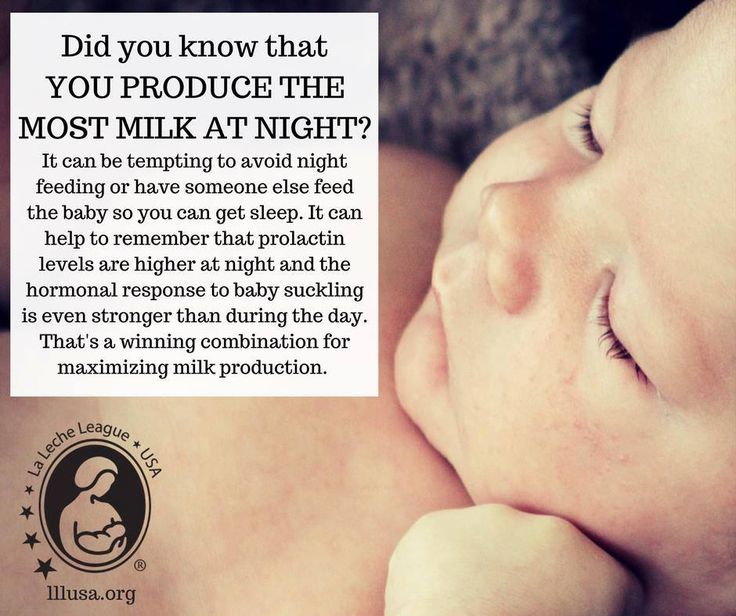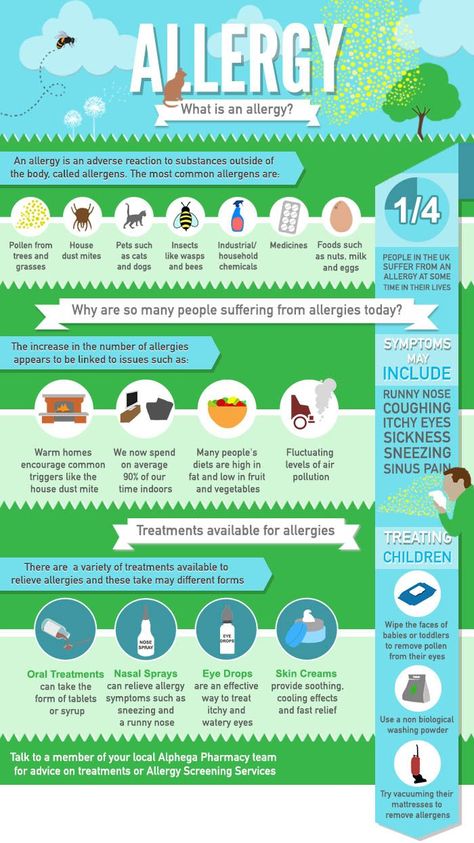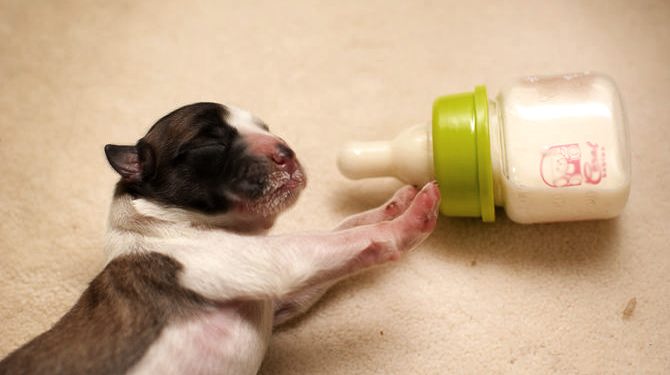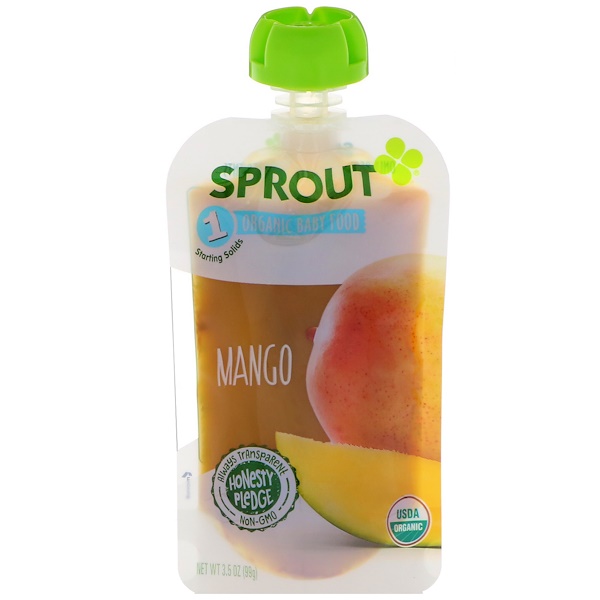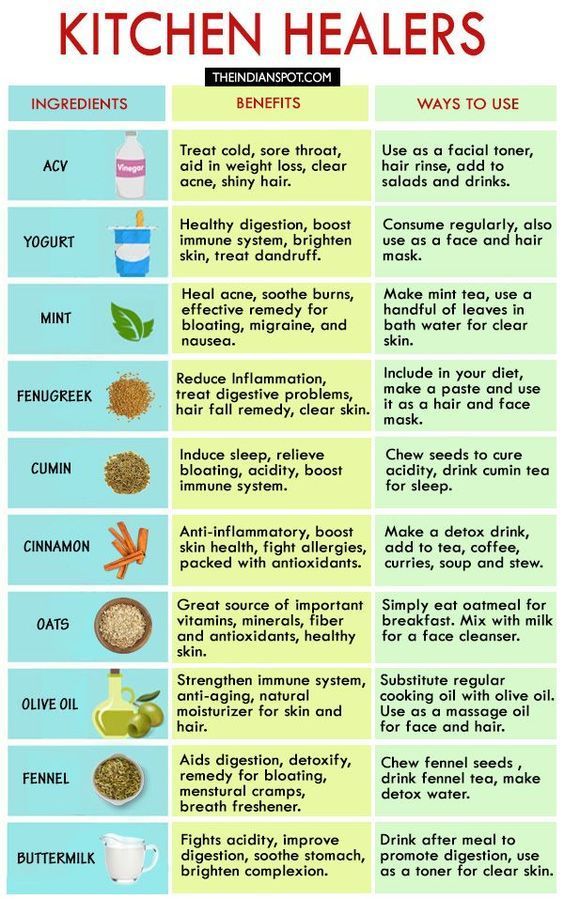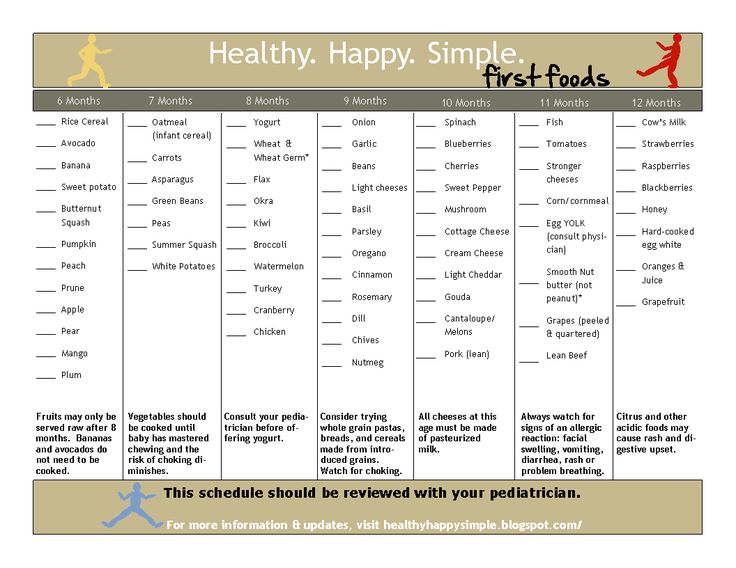When does baby start eating food in womb
When do babies develop taste buds?
What foods and flavors will your baby like and dislike? Genetics are key, but other factors play a role too. Babies start to develop taste buds during the first trimester, and in a way, can taste in the womb because molecules of the food you eat pass through your bloodstream and into the amniotic fluid. The food you eat while pregnant can even influence your child’s sense of taste and their food preferences when they're older.
Your baby’s taste buds: Timeline
Your baby's tongue starts taking shape when you're just 4 to 5 weeks pregnant. When you’re 8 weeks pregnant, primitive taste buds appear, and many more develop between weeks 11 through 13, but they're not yet able to transmit actual taste sensations. That won't begin to happen until weeks 14 to 15, when nerve cells start making connections between the developing buds and the nerves that send taste messages to your baby's brain.
By about 30 weeks, many of your baby's taste buds – and their nerve connections – are fully formed and operational.
Can babies taste in the womb?
In a way, yes – babies can taste in the womb. Molecules of the food you eat pass through your bloodstream and into the amniotic fluid. Flavors are transmitted from your diet to amniotic fluid in the womb and breastmilk after birth, so breastfed babies are more accepting of various flavors.
The senses of smell and taste are very closely connected. Taste buds allow us to tell if something is sweet or bitter, salty, or sour, but smell helps us identify the specific flavor of food. The special cells that your baby needs for their sense of smell start developing around weeks 9 to 11 of pregnancy.
If you’re craving spicy curry and putting hot sauce on everything, don’t worry. Although your baby can detect some flavors and smells, there's no evidence that spicy food can harm your baby. (It might, however, make you uncomfortable: Hot and spicy foods can aggravate morning sickness and heartburn, a common complaint during pregnancy.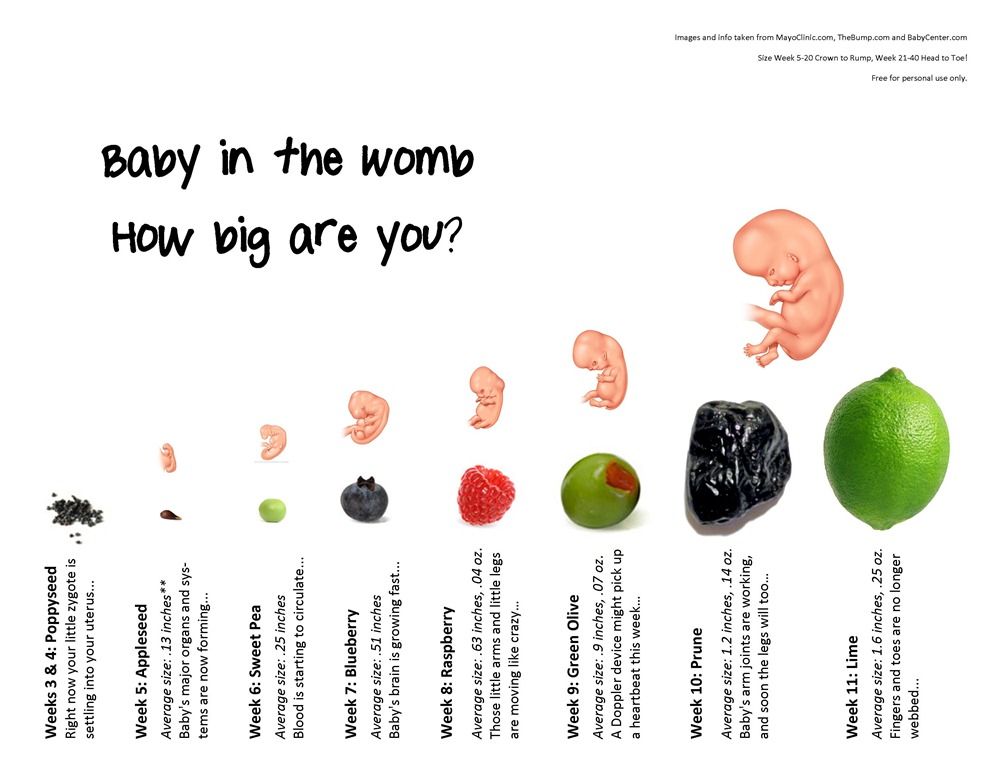 )
)
At birth, your baby's new taste buds are very sensitive, and they can taste sweet, sour, and bitter flavors. Babies universally prefer sweet, which is one reason they love the taste of your breastmilk. Your baby probably won't be able to detect salty flavors until they’re about 2 to 6 months old.
Can you influence your baby’s sense of taste?
Can what you eat during pregnancy influence the flavors your baby will enjoy later in life? Some research indicates yes. In a small study of pregnant women, those who drank carrot juice during the last weeks of pregnancy and while they were breastfeeding had babies who appeared to prefer carrot-flavored cereal over plain cereal at 6 months of age.
Experiments also have been done with garlic, anise (a licorice-flavored spice), mint, and vanilla. Infants who were exposed to these tastes in the womb tended to prefer these flavors both in breast milk and in solid food.
How to support your baby's taste bud development
The foods you eat during pregnancy could influence your baby’s sense of taste and which flavors your child will prefer later in life. But don't stress about it too much (morning sickness and food aversions can derail your typical eating patterns). Just try your best to eat a diet during pregnancy that's as varied and healthy as possible. Doing so will help you get plenty of the vitamins and minerals essential for baby’s health, too. The six most important nutrients for your baby’s development during pregnancy are:
But don't stress about it too much (morning sickness and food aversions can derail your typical eating patterns). Just try your best to eat a diet during pregnancy that's as varied and healthy as possible. Doing so will help you get plenty of the vitamins and minerals essential for baby’s health, too. The six most important nutrients for your baby’s development during pregnancy are:
Advertisement | page continues below
- Folic acid
- Iron
- Calcium
- Vitamin D
- DHA
- Iodine
Take your prenatal vitamin every day and talk with your healthcare provider about whether you’re getting enough of these essential nutrients for baby’s growth. And finally, just keep in mind the basic food safety rules for pregnancy. No runny eggs or unpasteurized cheese, for example, and be sure to limit your caffeine consumption.
Key milestones in baby taste bud development
| Weeks pregnant | Milestone |
|---|---|
| 4-5 weeks | The tongue and roof of the mouth (palate) start to form. |
| 8 weeks | Primitive taste buds appear. |
| 14-15 weeks | Nerves from taste buds begin connecting to the brain. |
| 30 weeks | Many taste buds are able to transmit taste signals to the brain. |
| Birth | Your baby can taste sweet, sour, and bitter flavors. Reactions to salty foods come later, usually by 6 months. |
Was this article helpful?
Yes
No
Baby's Palate, Food Memories Shaped Before Birth : NPR
Baby's Palate, Food Memories Shaped Before Birth Amniotic fluid and breast milk can be flavored by the food a mother eats. And memories of these flavors are formed before birth. That could result in preferences for these foods or odors for a lifetime.
Opinion
Your Health
Heard on Morning Edition
Gretchen Cuda-Kroen
Baby's Palate And Food Memories Shaped Before Birth
Mothers might not realize that the tastes and flavors they savor while pregnant can influence their babies' palates later. Maggie Starbard/NPR hide caption
Maggie Starbard/NPR hide caption
toggle caption
Maggie Starbard/NPR
Want your child to love veggies? Start early. Very early. Research shows that what a woman eats during pregnancy not only nourishes her baby in the womb, but may shape food preferences later in life.
At 21 weeks after conception, a developing baby weighs about as much as a can of Coke — and he or she can taste it, too. Still in the womb, the growing baby gulps down several ounces of amniotic fluid daily. That fluid surrounding the baby is actually flavored by the foods and beverages the mother has eaten in the last few hours.
"Things like vanilla, carrot, garlic, anise, mint — these are some of the flavors that have been shown to be transmitted to amniotic fluid or mother's milk," says Julie Mennella, who studies taste in infants at the Monell Chemical Senses Center.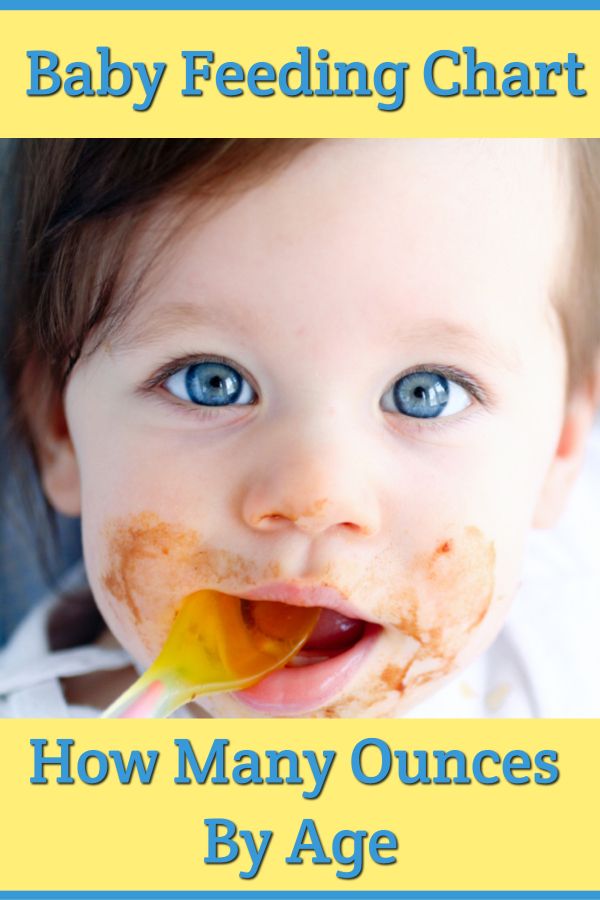 In fact, Mennella says there isn't a single flavor they have found that doesn't show up in utero. Her work has been published in the journal Pediatrics.
In fact, Mennella says there isn't a single flavor they have found that doesn't show up in utero. Her work has been published in the journal Pediatrics.
The Scent Of Amniotic Fluid
To determine if flavors are passed from the mother to the the baby via the amniotic fluid, researchers gave women garlic capsules or sugar capsules before taking a routine sample of their amniotic fluid — and then asked a panel of people to smell the samples.
"And it was easy," says Mennella. "They could pick out the samples easily from the women who ate garlic." The sense of taste is actually 90-percent smell, she added, so they knew just from the odor that the babies could taste it.
Mennella says she got the idea from dairy farmers, who in the 1960s and 70s were doing research on how the diet of the dairy cow impacted the flavor of the milk. She says cows that graze on wild garlic and onion, or who live in stinking barns, produce milk with distinct flavors.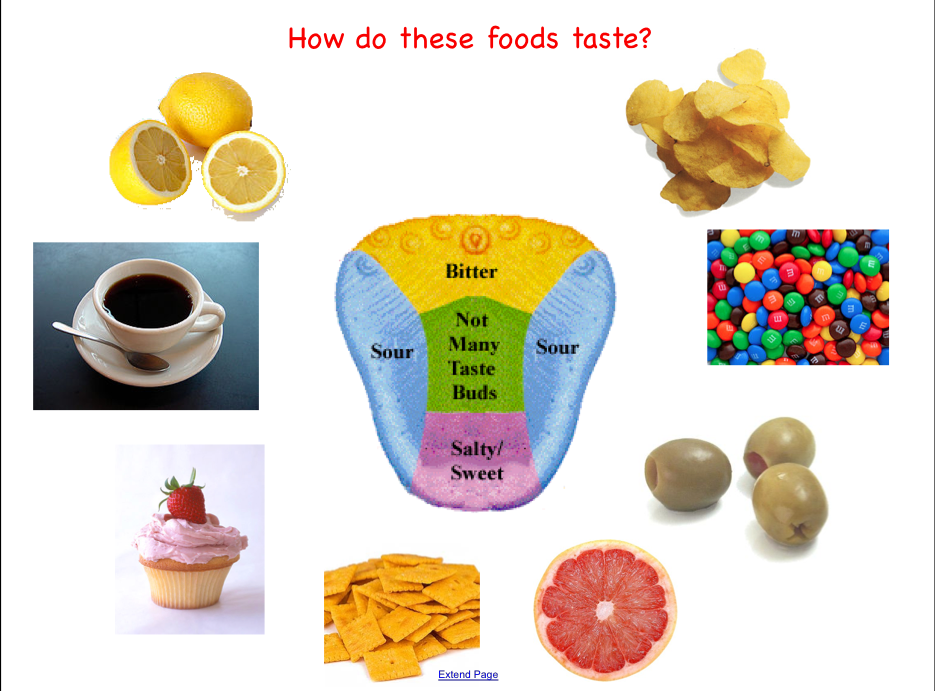
But Mennella says that not only is the amniotic fluid and breast milk in humans flavored by food just like cows, but memories of these flavors are formed even before birth. That could result in preferences for these foods or odors for a lifetime. In other words, if you eat broccoli while you're pregnant, there's a much better chance your baby will like broccoli.
Mennella says this had already been observed in rabbits, so she decided to test it in human babies — with carrots. Pregnant women were divided into three groups. One group was asked to drink carrot juice every day during their pregnancy, another during breastfeeding and a third to avoid carrots completely. Then when the children began to eat solid food, researchers fed them cereal made either with water, or carrot juice and videotaped their responses.
Things like vanilla, carrot, garlic, anise, mint — these are some of the flavors that have been shown to be transmitted to amniotic fluid or mother's milk.
Julie Mennella, who studies taste in infants at the Monell Chemical Senses Center
Introducing Babies To Food Culture
"And just like the European rabbit, the babies who had experienced carrot in amniotic fluid or mother's milk ate more of the carrot-flavored cereal," says Mennella.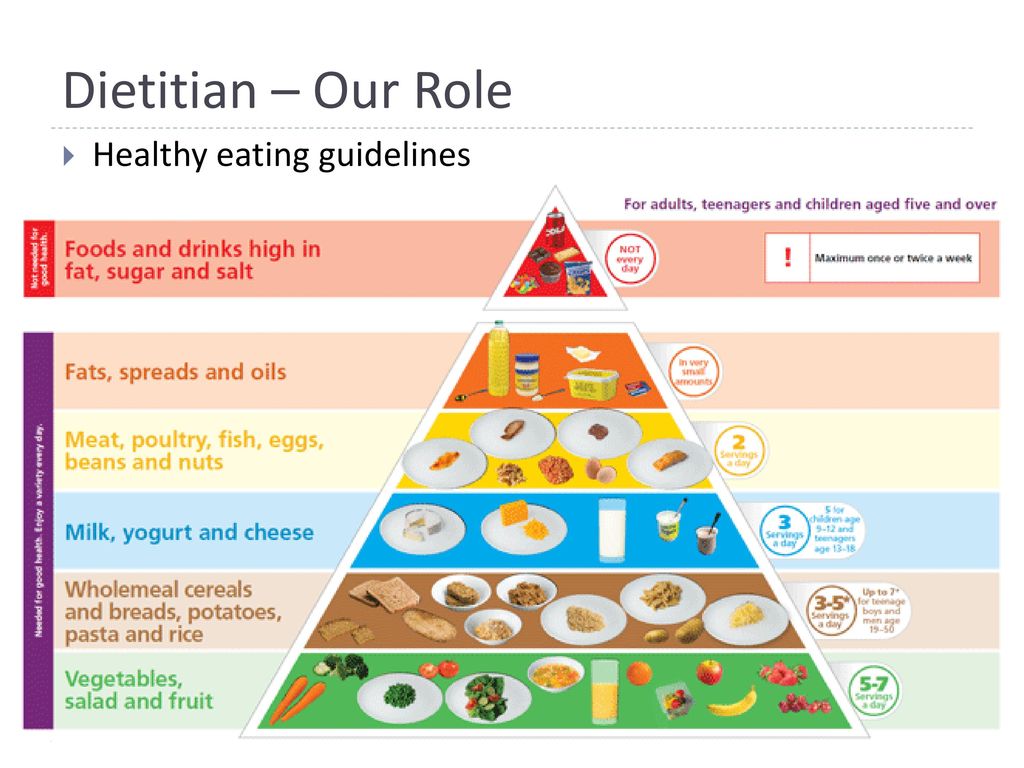 "And when we analyzed the video tapes they made less negative faces while eating it."
"And when we analyzed the video tapes they made less negative faces while eating it."
This makes a lot of evolutionary sense, says Mennella. Since mothers tend to feed their children what they eat themselves, it is nature's way of introducing babies to the foods and flavors that they are likely to encounter in their family and their culture.
"Each individual baby is having their own unique experience, it's changing from hour to hour, from day to day, from month to month," says Mennella. "As a stimulus it's providing so much information to that baby about who they are as a family and what are the foods their family enjoys and appreciates."
That very idea got Matty Lau thinking 'how is it that kids in other cultures eat foods that are spicy, bitter, or have pungent flavors?' She's a Chinese-American who had a baby in late July and recalls growing up eating foods most American kids she knows would never touch.
"My parents are great cooks — and so they'll cook things like preserved oysters.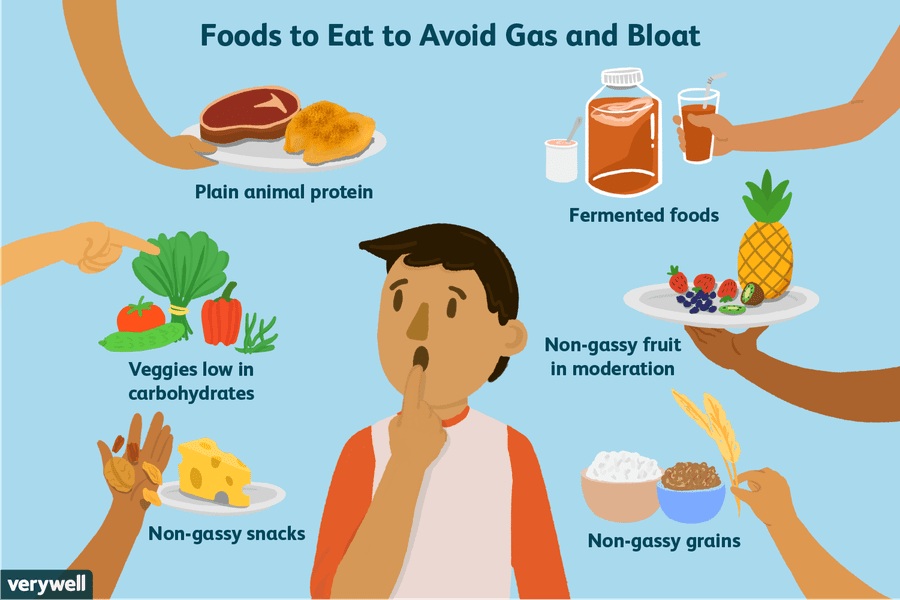 I always wondered how it was that I was able to grow up eating bitter vegetables like kale and mustard greens and things like ginger," says Lau.
I always wondered how it was that I was able to grow up eating bitter vegetables like kale and mustard greens and things like ginger," says Lau.
Instilling A Love Of Chinese Flavors Before Birth
While she was pregnant, she consciously tried to provide her baby with the flavors she loves from her native Chinese cuisine. She the hopes that when her baby is older, it will share her love of flavorful food.
"I was really concerned that my child enjoy food as much as the rest of my family," says Lau.
University of Florida taste researcher Linda Bartoshuk says babies are born with very few hard and fast taste preferences. She says Mennella's work shows that very early exposures to flavors – both before and after birth — make it more likely that children will accept a wide variety of flavors. And when those early exposures are reinforced over a lifetime, Bartoshuk thinks they might have far-reaching implications, even promoting good eating.
"To what extent can we make a baby eat a healthier diet by exposing it to all the right flavors — broccoli, carrots, lima beans, et cetera? Could we do that or not? My guess is we could," says Bartoshuk.
Menella acknowledges that many toddlers will still make a sour face when given broccoli, no matter how much the mother ate while pregnant. And maybe they will never like it. But she says parents should keep exposing young children to these flavors because they can eventually learn to like them.
Sponsor Message
Become an NPR sponsor
Child development by week | Regional Perinatal Center
Expectant mothers are always curious about how the fetus develops at a time when it is awaited with such impatience. Let's talk and look at the photos and pictures of how the fetus grows and develops week by week.
What does the puffer do for 9 whole months in mom's tummy? What does he feel, see and hear?
Let's start the story about the development of the fetus by weeks from the very beginning - from the moment of fertilization. A fetus up to 8 weeks old is called embryo , this occurs before the formation of all organ systems.
Embryo development: 1st week
The egg is fertilized and begins to actively split. The ovum travels to the uterus, getting rid of the membrane along the way.
The ovum travels to the uterus, getting rid of the membrane along the way.
On the 6th-8th days, implantation of eggs is carried out - implantation into the uterus. The egg settles on the surface of the uterine mucosa and, using the chorionic villi, attaches to the uterine mucosa.
Embryo development: 2-3 weeks
Picture of embryo development at 3 weeks.
The embryo is actively developing, starting to separate from the membranes. At this stage, the beginnings of the muscular, skeletal and nervous systems are formed. Therefore, this period of pregnancy is considered important.
Embryo development: 4–7 weeks
Fetal development by week in pictures: week 4
Fetal development by week photo: week 4
Photo of an embryo before the 6th week of pregnancy.
The heart, head, arms, legs and tail are formed in the embryo :) . Gill slit is defined. The length of the embryo at the fifth week reaches 6 mm.
Gill slit is defined. The length of the embryo at the fifth week reaches 6 mm.
Fetal development by week photo: week 5
At the 7th week, the rudiments of the eyes, stomach and chest are determined, and fingers appear on the handles. The baby already has a sense organ - the vestibular apparatus. The length of the embryo is up to 12 mm.
Fetal development: 8th week
Fetal development by week photo: week 7-8
The face of the fetus can be identified, the mouth, nose, and auricles can be distinguished. The head of the embryo is large and its length corresponds to the length of the body; the fetal body is formed. All significant, but not yet fully formed, elements of the baby's body already exist. The nervous system, muscles, skeleton continue to improve.
Fetal development in the photo already sensitive arms and legs: week 8
The fetus developed skin sensitivity in the mouth (preparation for the sucking reflex), and later in the face and palms.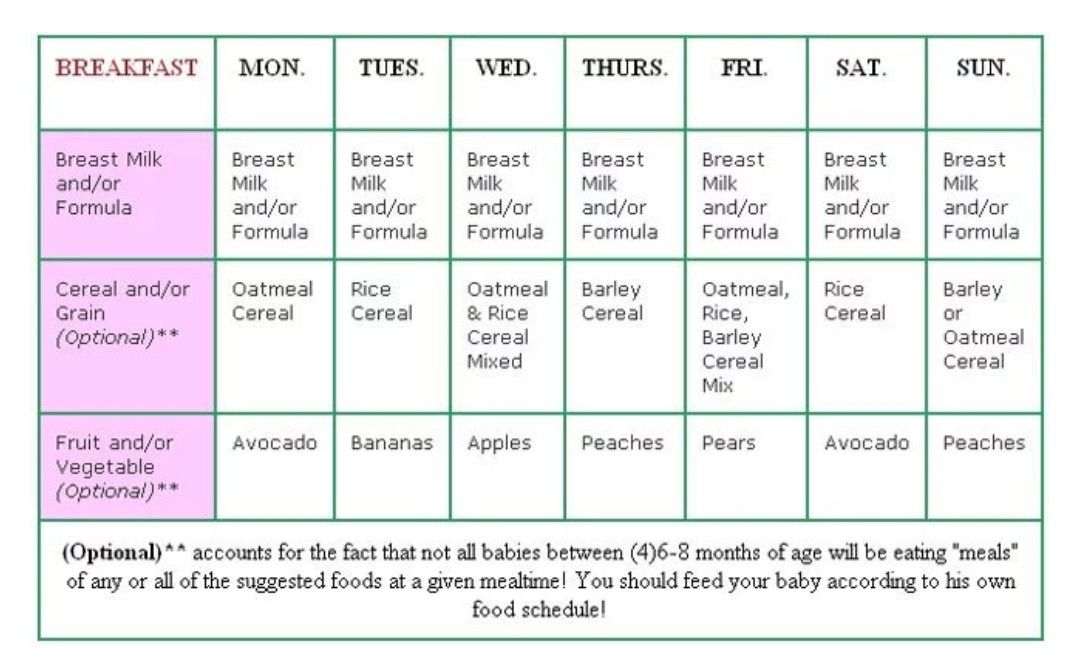
At this stage of pregnancy, the genitals are already visible. Gill slits die. The fruit reaches 20 mm in length.
Fetal development: 9–10 weeks
Fetal development by week photo: week 9
Fingers and toes already with nails. The fetus begins to move in the pregnant woman's stomach, but the mother does not feel it yet. With a special stethoscope, you can hear the baby's heartbeat. Muscles continue to develop.
Weekly development of the fetus photo: week 10
The entire surface of the fetal body is sensitive and the baby develops tactile sensations with pleasure, touching his own body, the walls of the fetal bladder and the umbilical cord. It is very curious to observe this on ultrasound. By the way, the baby first moves away from the ultrasound sensor (of course, because it is cold and unusual!), And then puts his hands and heels trying to touch the sensor.
It's amazing when a mother puts her hand to her stomach, the baby tries to master the world and tries to touch with his pen "from the back".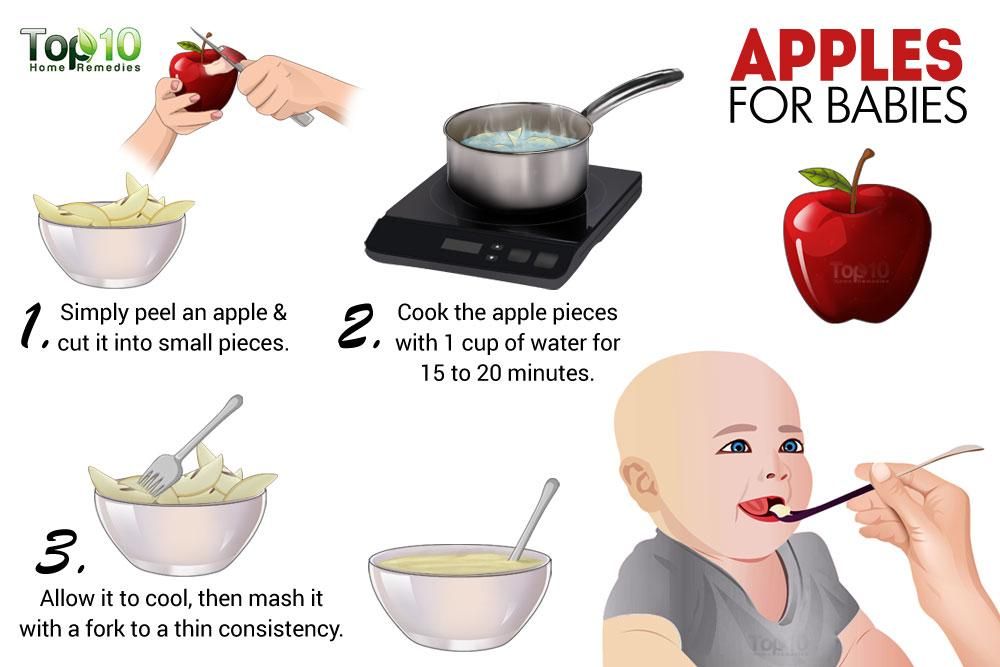
The development of the fetus: 11–14 weeks
Development of the fetus in the photo of the legs: weeks 11
The baby, legs and eyelids are formed, and the genitals become distinguishable (you can find out the gender (you can find out the gender child). The fetus begins to swallow, and if something is not to its taste, for example, if something bitter got into the amniotic fluid (mother ate something), then the baby will begin to frown and stick out his tongue, making less swallowing movements.
Fruit skin appears translucent.
Fruit development: Week 12
Photo of the fetus 12 weeks per 3D Uzi
buds are responsible for production for production urine. Blood forms inside the bones. And hairs begin to grow on the head. The skin turns pink, the ears and other parts of the body, including the face, are already visible. Imagine, a child can already open his mouth and blink, as well as make grasping movements. The fetus begins to actively push in the mother's tummy. The sex of the fetus can be determined by ultrasound. Baby sucks his thumb, becomes more energetic. Pseudo-feces are formed in the intestines of the fetus - meconium , kidneys begin to work. During this period, the brain develops very actively. The auditory ossicles become stiff and now they are able to conduct sounds, the baby hears his mother - heartbeat, breathing, voice. The lungs at this stage of fetal development are so developed that the baby can survive in the artificial conditions of the intensive care unit. Lungs continue to develop. Now the baby is already falling asleep and waking up. Downy hairs appear on the skin, the skin becomes wrinkled and covered with grease. The cartilage of the ears and nose is still soft. Lips and mouth become more sensitive. The eyes develop, open slightly and can perceive light and squint from direct sunlight. In girls, the labia majora do not yet cover the small ones, and in boys, the testicles have not yet descended into the scrotum. Fetal weight reaches 900–1200 g, and the length is 350 mm. 9 out of 10 children born at this term survive. The lungs are now adapted to breathe normal air. Breathing is rhythmic and body temperature is controlled by the CNS. The baby can cry and responds to external sounds. Child opens eyes while awake and closes during sleep. The skin becomes thicker, smoother and pinkish. Starting from this period, the fetus will actively gain weight and grow rapidly. Almost all babies born prematurely at this time are viable. The weight of the fetus reaches 2500 g, and the length is 450 mm. The fetus reacts to a light source. Muscle tone increases and the baby can turn and raise his head. On which, the hairs become silky. The child develops a grasping reflex. The lungs are fully developed. The fetus is quite developed, prepared for birth and considered mature. The baby perfectly mastered the movements of his mother , knows when she is calm, excited, upset and reacts to this with her movements. During the intrauterine period, the fetus gets used to moving in space, which is why babies love it so much when they are carried in their arms or rolled in a stroller. For a baby, this is a completely natural state, so he will calm down and fall asleep when he is rocked. The nails protrude beyond the tips of the fingers, the cartilages of the ears and nose are elastic. In boys, the testicles have descended into the scrotum, and in girls, the large labia cover the small ones. The weight of the fetus reaches 3200-3600 g, and the length is 480-520 mm. After the birth, the baby longs for touching his body, because at first he cannot feel himself - the arms and legs do not obey the child as confidently as it was in the amniotic fluid. And one more thing, the baby remembers the rhythm and sound of your heart very well . Therefore, you can comfort the baby in this way - take him in your arms, put him on the left side and your miracle will calm down, stop crying and fall asleep. And for you, finally, the time of bliss will come :) . Even in the mother's womb, the baby begins to hear sounds, react to them, and even distinguish the voices of loved ones. You don't know your baby yet and you can only imagine what he will be like when he is born. The child begins to get to know you by voice even during pregnancy. Around the 12th-16th week, the baby begins to distinguish sounds, and at the 24th week it can respond to the voices of mom and dad. Of course, the first person he is a baby is his mother. Until the child's auditory canals are formed, he can feel the vibration of your voice passing through your body, as well as your breathing and heartbeat. In the last trimester, he is already extracting some information from voices and sounds, demonstrating various reactions. What exactly the baby hears and how often you need to talk to him - read on. Your baby can hear and recognize the voices of the people around you all the time. He is already familiar with his dad's voice. The child may prefer some voice that is pleasant to him. If the voice (or any other sound) is too harsh or loud, the baby may react to it with strong jolts. Do you know that the music heard by a child in the womb, through the neuroendocrine system, affects almost all systems and organs of the child? Depending on the type and tempo of the music, the respiratory rate, muscle tone, motility of the stomach and intestines of the baby change. Of course, you need to talk to your baby as often as possible - both mom and dad. Take every opportunity to talk to your baby. Talk to yourself when you do something around the house or walk. Scientists have proved that when hearing the voices of parents, the child reacts to their intonation and calms down, the rhythm of his heart returns to normal. Therefore, the tone of conversation should be calm, voices should be quiet. Children who constantly hear the gentle voice of their mother are born calm and balanced. Sing songs to your baby. Soon you will notice that the baby can react to them - actively move. If you already know the sex of your child, address him by the name you have chosen for him.
Development of the fetus for weeks: Week 14 9000 9000  Moves more coordinated.
Moves more coordinated. Fetal development: 15-18 weeks
Fetal development by weeks photo: week 15 Fetal development: 19-23 weeks
Fetal development by week photo: week 19
Fetal development by weeks photo: week 20 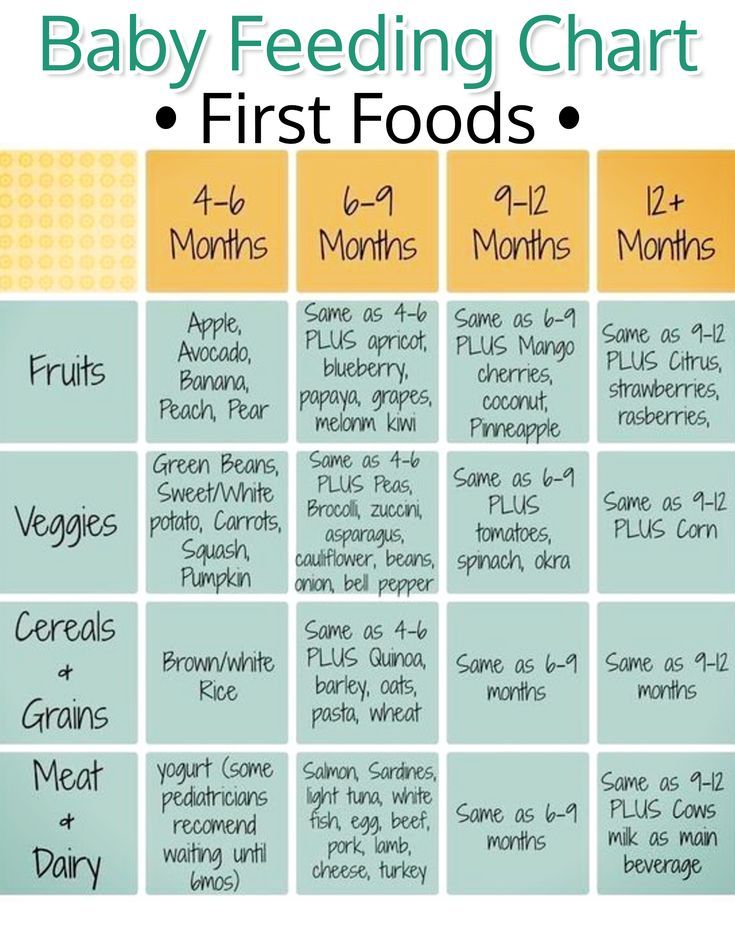 The fetus intensively gains weight, fat deposits are formed. The weight of the fetus reaches 650 g, and the length is 300 mm.
The fetus intensively gains weight, fat deposits are formed. The weight of the fetus reaches 650 g, and the length is 300 mm. Fetal development: 24-27 weeks
Fetal development by week photo: week 27 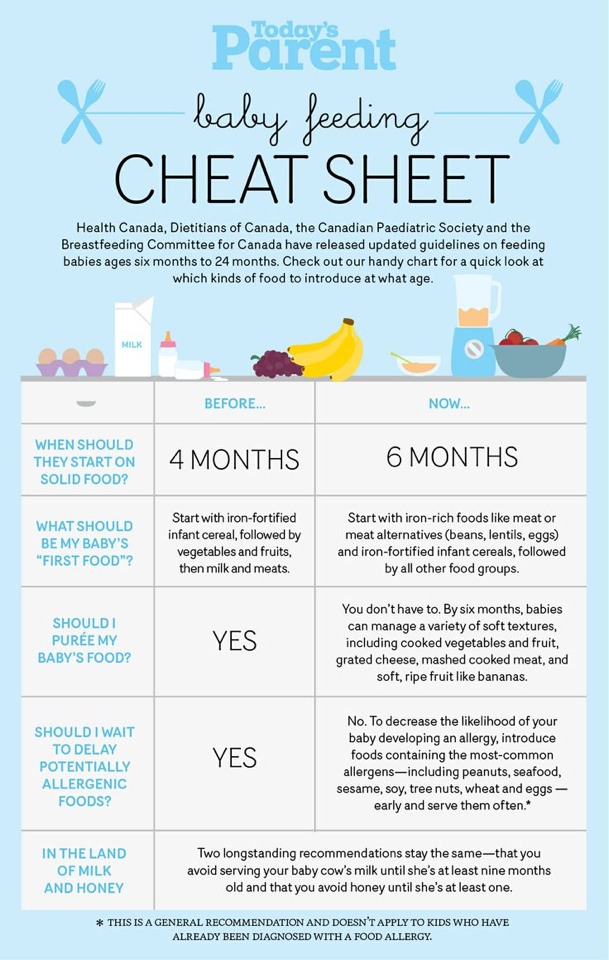
Fetal development: 28-32 weeks
Fetal development: 33-37 weeks
Fetal development by week photo: week 36 Fetal development: 38-42 weeks
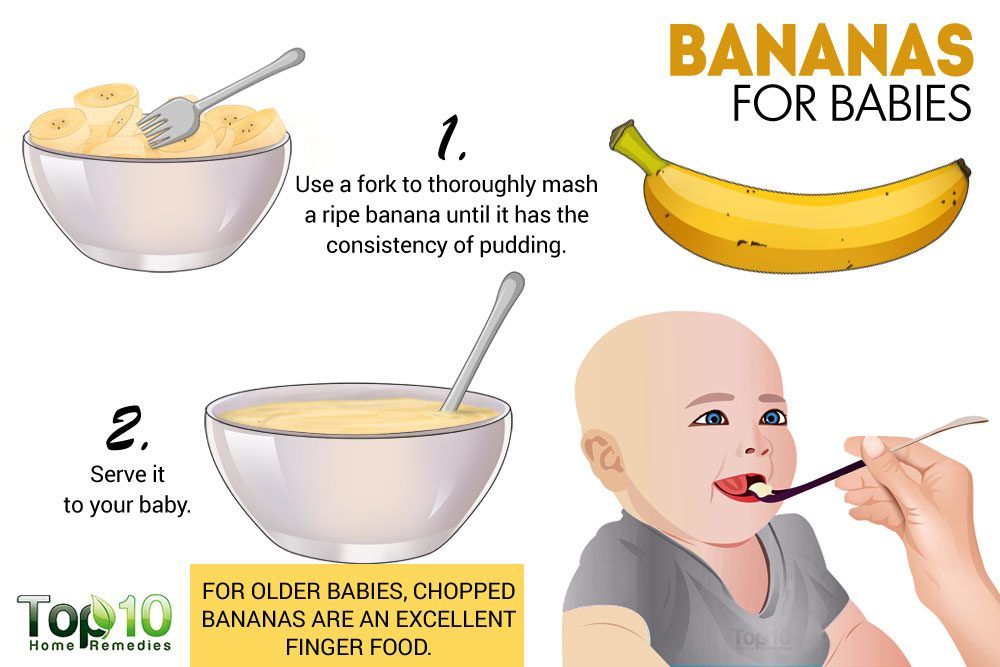 The baby has mastered over 70 different reflex movements. Due to the subcutaneous fatty tissue, the baby's skin is pale pink. The head is covered with hairs up to 3 cm.
The baby has mastered over 70 different reflex movements. Due to the subcutaneous fatty tissue, the baby's skin is pale pink. The head is covered with hairs up to 3 cm.
Fetal development by weeks photo: week 40 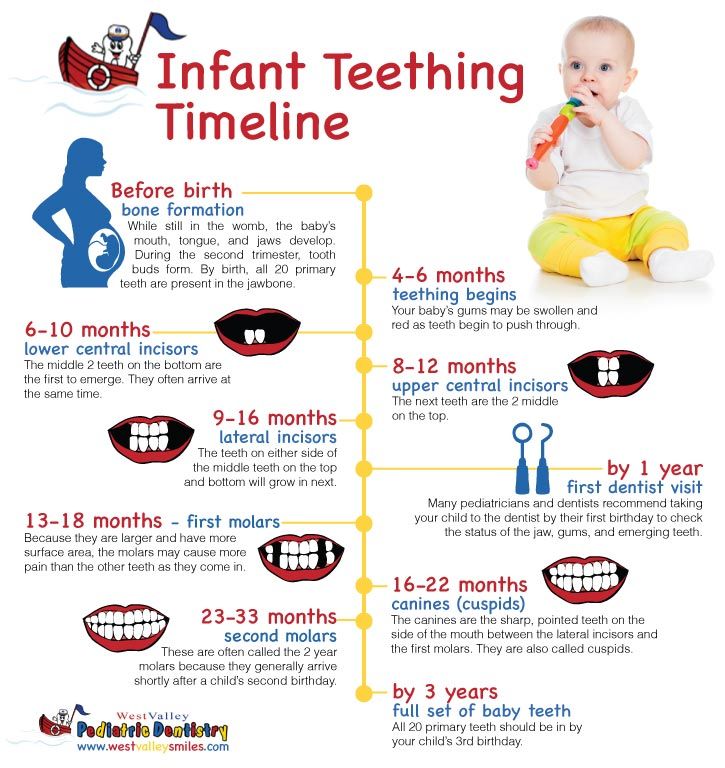 Therefore, so that your baby does not feel lonely, it is advisable to carry him in your arms, press him to you while stroking his body.
Therefore, so that your baby does not feel lonely, it is advisable to carry him in your arms, press him to you while stroking his body. When does a baby begin to hear in the womb?
When does a baby begin to hear its mother in the womb?
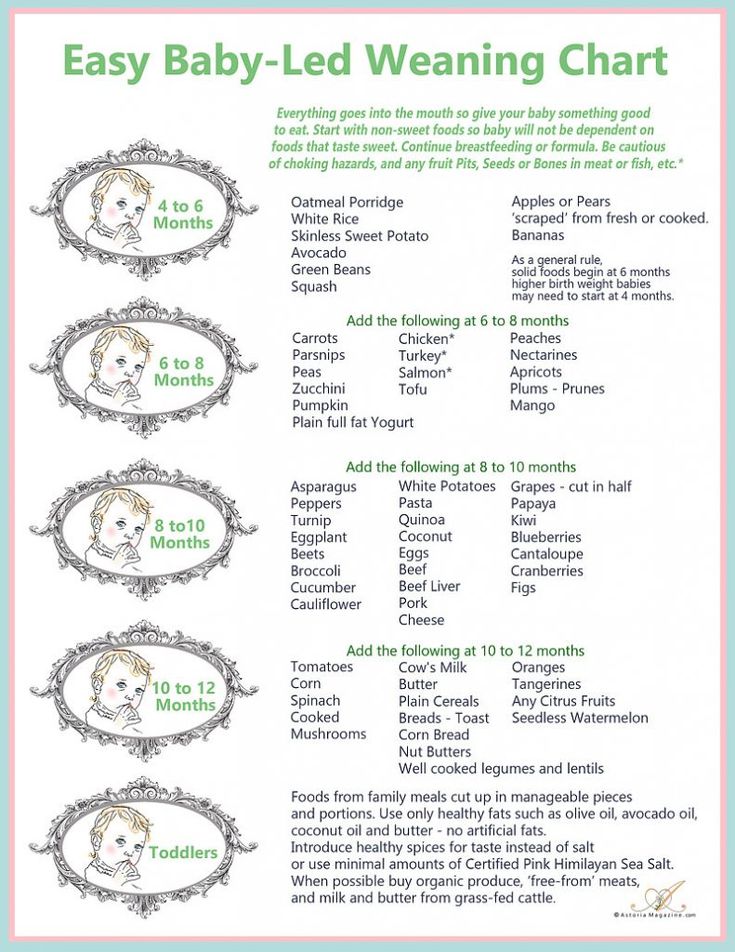
How about different voices?
Hear music?
 Avoid loud and harsh music, let your baby listen to the classics: Mozart and Vivaldi. Calm music can even lull the baby.
Avoid loud and harsh music, let your baby listen to the classics: Mozart and Vivaldi. Calm music can even lull the baby. How often should you talk to your child?




